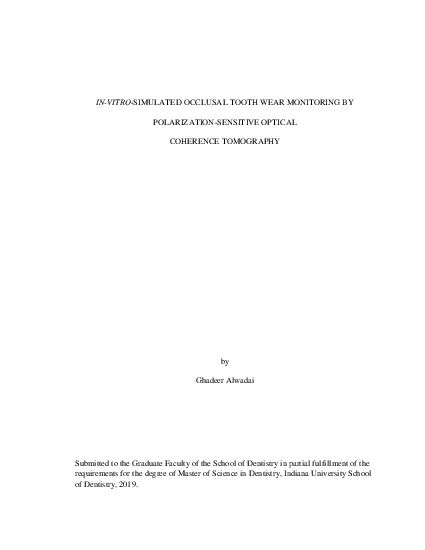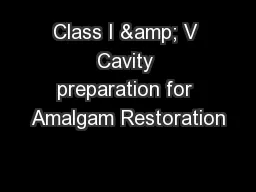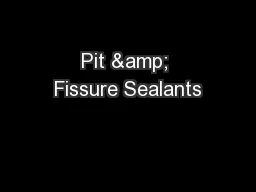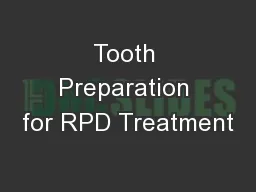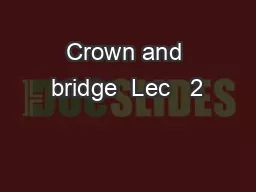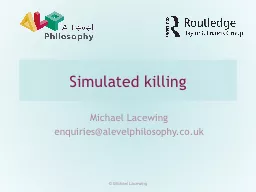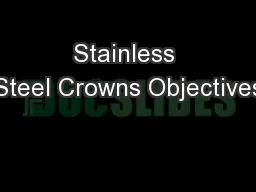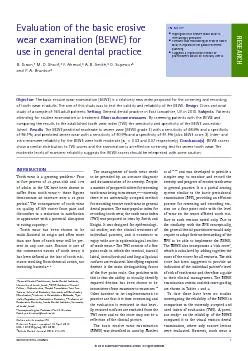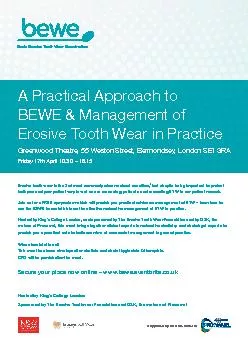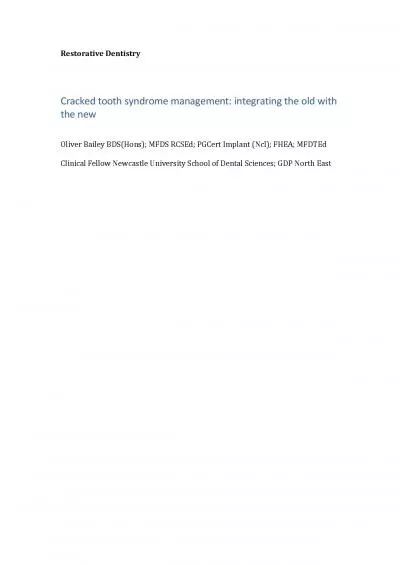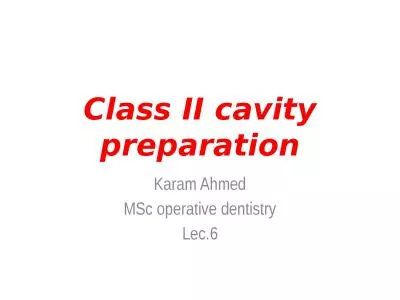PDF-SIMULATED OCCLUSAL TOOTH WEAR MONITORING BY
Author : isla | Published Date : 2021-08-07
INVITROPOLARIZATIONSENSITIVEOPTICAL COHERENCE TOMOGRAPHYbyGhadeer AlwadaiSubmitted to the Graduate Faculty of the School of Dentistry in partial fulfillment of the
Presentation Embed Code
Download Presentation
Download Presentation The PPT/PDF document "SIMULATED OCCLUSAL TOOTH WEAR MONITORING..." is the property of its rightful owner. Permission is granted to download and print the materials on this website for personal, non-commercial use only, and to display it on your personal computer provided you do not modify the materials and that you retain all copyright notices contained in the materials. By downloading content from our website, you accept the terms of this agreement.
SIMULATED OCCLUSAL TOOTH WEAR MONITORING BY: Transcript
Download Rules Of Document
"SIMULATED OCCLUSAL TOOTH WEAR MONITORING BY"The content belongs to its owner. You may download and print it for personal use, without modification, and keep all copyright notices. By downloading, you agree to these terms.
Related Documents

